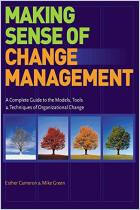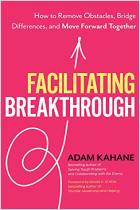How do organizations manage continuous disruptions and changes? Blinkist’s Sebastien Klein and Ben Hughes provide a toolkit to help organizations transform from within. They present three modules – clarity, results and evolution – that use purpose to facilitate better self-management. This approach helps resolve conflicts, makes meetings more constructive and provides crucial feedback. The authors reassure you that not knowing where you might end up is part of the process.
The “sense-and-respond” mind-set should replace the “predict-and-control” mind-set from the past.
The pyramid structure has been around since – well, the pyramids. Pyramid-shaped organizational structures reduce complexity and ensure clarity because everyone knows his or her role. But pyramids fall short when they must confront speedy change. CEOs respond slowly because they aren’t on the front lines. Employees who once were content to follow orders now want more responsibility and fulfilling work.
Too often, companies try to change their structure only to encounter unforeseen obstacles or invite chaos. Everyone in a company should be an “intelligent sensor” – receiving signals from the outside world and evaluating them autonomously – instead of waiting for top-down instructions from a disconnected boss.
The Loop Approach breaks down complexity to frame the process of change as a journey, not a destination. Instead of the pyramid’s predict-and-control mind-set, it suggests a sense-and-respond approach. This change-management strategy accepts that the end result has no definition while the process is still going on, but ...


















Comment on this summary